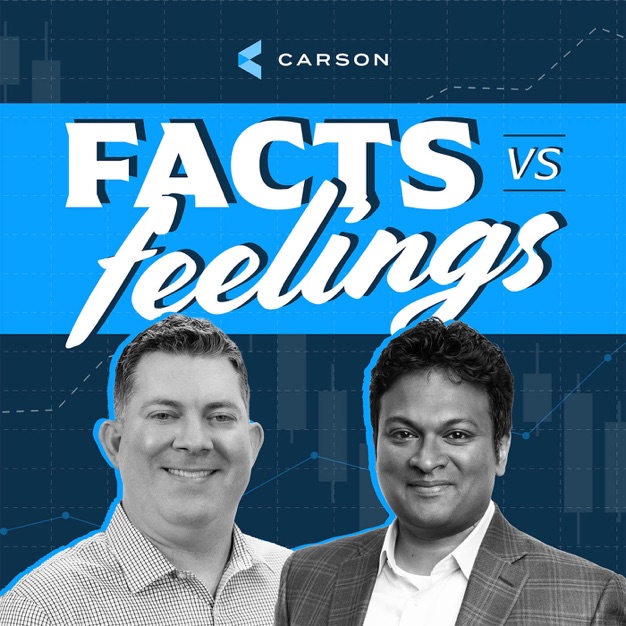Who Should Invest in Indexed Annuities?
Indexed annuities are most appropriate for individuals who want to earn a higher stock market return but are unwilling to invest directly in the market because they fear losing their money. Typically, retired investors or those nearing retirements fit this category.
Indexed annuities are most appropriate for individuals who want to earn a higher stock market return but are unwilling to invest directly in the market because they fear losing their money. Typically, retired investors or those nearing retirements fit this category.
Indexed annuities, also known as "equity-indexed annuities" or "fixed-indexed annuities," are complicated financial instruments with characteristics of both a fixed and a variable annuity. An index annuity is an annuity whose rate of return is based on a stock market index, such as the S&P 500, the NASDAQ 100, or the Russell 2000, to name a few. With indexed annuities, the investor earns partial upside market returns during good years but avoids losses or minimizes losses during negative years. Unfortunately, the calculation of the return rate is complex and confusing.
First, the return the indexed annuity earns is based on the index chosen. Let's say you buy a Russell 2000 index annuity. When the market increases, you make a positive return on your money. Still, when the market goes down, your return for that period would be zero or some predetermined negative percentage if your annuity has a loss floor. If your annuity contract includes a loss floor, this is the most you could lose in a down-market year. An annuity contract might set your loss floor at 10 percent, which means 10 percent of your investment is the most you could lose during down-market return years, even if the actual index were down more than 10 percent.
The past 10-year annual average rate of return for the Russell 2000 is 10.71 percent. But you won't see quite that return on your investment. Because of return caps, loss floors, minimum guaranteed returns, participation rates, and adjusted values, indexed annuities don't pay the same return as the index for that period. Instead, they use a system to limit both your possible losses and your possible gains. This product is also called a fixed indexed annuity because your losses and gains fall within a set limit. An explanation of some of the typical return limits is explained below.
Adjusted value. Your indexed annuity may lock in your gains periodically. This scenario means that if your account balance goes up, the annuity company may guarantee that it would not fall below that new adjusted value, even if the index loses money in the future.
Minimum guaranteed return. The insurance company issuing the annuity typically guarantees a minimum return each year, even if the actual index loses money. For example, it may pay a 1 percent return even when your index has a negative return for that year.
Participation rate. The participation rate describes the percentage of index returns that the annuity will pay. If your participation rate was 80 percent, you would only receive 80 percent of the index gains. If the index went up 10 percent, you’d receive 8 percent (10 percent x 80 percent).
Return caps. On the other end, the annuity company might set a maximum possible return per year. For example, the most you could earn might be 8 percent per year, even if the underlying index earns more.
Asset fees. The annuity company may deduct a fee from the index return. If its fee were 3 percent and the index returned 10 percent, your gain would be 7 percent (10 percent minus 3 percent).
In summary, indexed annuities can be very complicated. If you are going to use these for your clients, it's important that you have a good understanding of the advantages and disadvantages and that you explain them thoroughly. As we've seen, there are reasons why they sometimes make sense, but there are even more reasons why they mostly do not. Please be careful and always have your client's best interest ahead of yours.
The material discussed in this article is meant as general information and should not be taken as legal advice.
Rick Hedderick, MBA, CFP, is an assistant teaching professor of Finance and the Certificate in Financial Planning program director at Penn State Behrend, Sam and Irene Black School of Business. He can be reached at rph132@psu.edu.
Share This Article
Sponsored Content
Register: The Future of Senior Health & Wealth for Financial Professionals
The Medicarians conference is designed to help financial professionals grow their books of business, provide even better support to their customers, and navigate the ever-changing regulatory landscape. If you have clients that are 50 years or older, this event is for you. Get a free ticket.
Let a tax expert do taxes for you, start to finish, with TurboTax Live Full Service.
TurboTax Live Full Service will match you with your own dedicated tax expert who has experience in your unique tax situation and will do your taxes from start to finish.
Official Forecast: 2023 Social Security COLA
The US Bureau of Labor Statistics just released the CPI-W for August, which means were getting closer to determining 2023's Social Security COLA (Cost of Living Adjustment).









